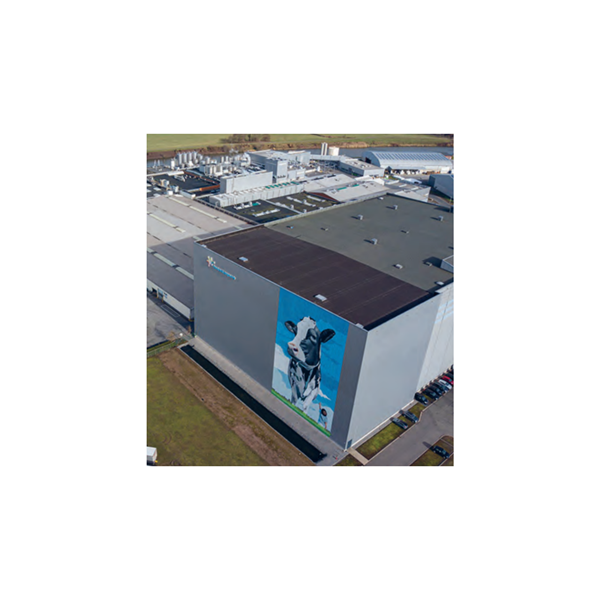LARGE-SCALE CHARGING INFRASTRUCTURE FOR EVS – INVESTING SMART AND FUTURE-ORIENTED
As is often the case with transition processes, the government is taking a guiding role. For example, Flanders has decided that from 2026 only fossil-free company cars – fully electric or hydrogen-powered – will be tax deductible. A lease car running on diesel or petrol will be 0% deductible. In addition, non-residential buildings, from a minimum number of parking spaces upwards, must provide electric vehicles charging stations by 2025 or in the event of new construction or major renovation (see here). A positive incentive is that the investment deduction for publicly accessible charging infrastructure is 200 percent between 1 September and 31 December of this year and 150 percent from 1 January 2023 to 31 August 2024.
Today and tomorrow
Larger companies with large parking lots will eventually have to provide large numbers of charging stations. In addition to their own company cars, customers, suppliers, other visitors and employees will increasingly want/have to charge their electric cars.
First and foremost, the current and future needs must be mapped out. Who are the users? Are we talking about own staff or rather about customers, suppliers or public visitors? What are the needs of each type of user? What vehicles do they have and how quickly do they need to be charged?
Moreover, today's needs are not tomorrow's or those of the longer term, and it is difficult to estimate how quickly the transition will take place. A phased roll-out of electric vehicles is best combined with a phased installation of additional charging infrastructure. It is therefore important today to develop a concept that includes a vision for the future, and not just to work with the supplier that offers the best solution in the short term, or to be confronted with monopolies.
Distribution and service
The distribution of the electricity must be considered: the supply (high voltage), the number of charging points, the cabling and the control cables for smart control to ensure the network is not overloaded when several cars are charging simultaneously. But this is just the beginning. Then there is also the service part with the control of the charging stations, the energy management system and invoicing. For both parts there are more and more suppliers on the market, each with its own business model and pricing, and making the right choice more and more difficult.
Carefully thought-through concept
The investment in charging infrastructure is best done in a smart and well-considered way, so as to avoid hitting technical limits further down the road or being stuck with expensive contracts that are irresponsive to new needs and wishes. Not being tied to specific charging station and software suppliers, Ingenium is able to propose each time independent, tailor-made concepts for specific cases. In so doing we not only define the needs of today and tomorrow, and the necessary technical provision each time, but also look at the risks along the route and how they can be tackled proactively.
Businesscase- FrieslandCampina
A concrete example is the production location of milk and dairy producer FrieslandCampina in Aalter, where several hundred employees currently work. We developed a concept in which we split up the distribution and service sections of the new charging station infrastructure. For the distribution part, we provide a cabin to which 34 charging points are currently connected, but with the option to expand to 321 charging points in the future. Smart control with priority control ensures that the system continues to function perfectly when multiple vehicles are connected simultaneously.

The market consultation revealed significant price differences between the different tenders received. This made it vital to analyse the different suppliers’ offers in detail, and also to negotiate further with them. Based on our experience in working with different customers, we know the questions to ask in order to map out the causes of the price differences, and help choose the offer that perfectly matches the needs and wishes in each specific business case.
More info
Like to know more about installing charging station infrastructure for electric vehicles and how to go about this in concrete terms? Contact Hannes Stubbe via 050 40 45 30 or hannes.stubbe@ingenium.be.